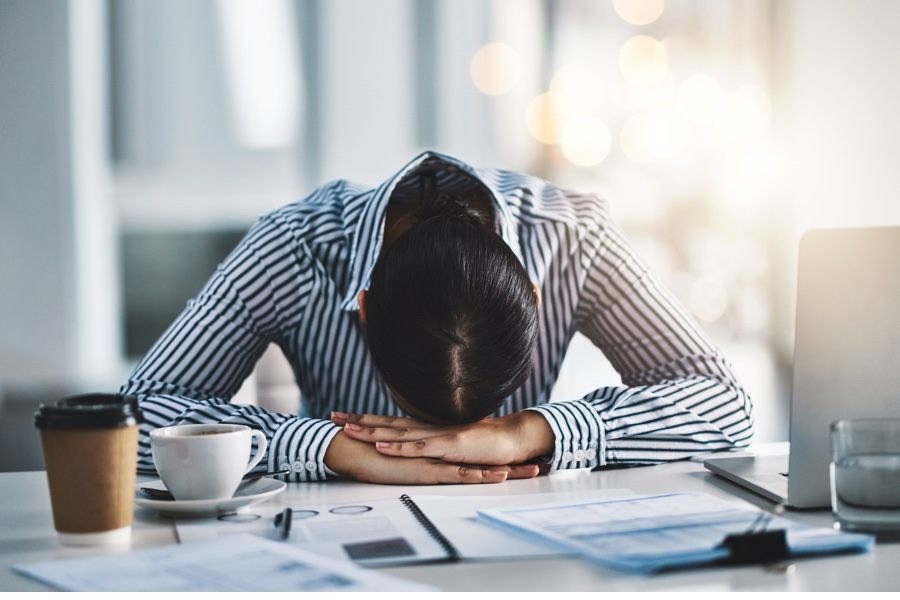-
Burnout is a state of physical, emotional, and mental exhaustion
-
Severe cases can lead to depression, anxiety, and other mental health concerns
-
Burnouts can be experienced in workplaces and at home
-
Women are more likely to have burnout as compared to men
Burnout is a state of physical, emotional, and mental exhaustion caused by prolonged stress. Feelings of cynicism, detachment and a lack of accomplishment characterize it.
Burnouts can lead to a decline in work performance and can negatively impact an individual’s physical and mental health. Symptoms of burnout may include fatigue, insomnia, irritability, and loss of motivation.
In severe cases, burnout can lead to depression, anxiety, and other mental health conditions. Burnout can happen to anyone, but it is often seen in people who are in high-stress careers, such as healthcare professionals, first responders, and those in high-pressure corporate environments.
Women are More Prone to Burnouts
Women may be more prone to burnout due to societal and cultural expectations, workplace discrimination, and bias.
For example, women may be expected to take on additional responsibilities at home and at work, leading to increased stress and workload. Additionally, research has shown that women are more likely to be subject to discrimination and bias in the workplace, which can contribute to feelings of frustration, isolation, and burnout.
McKinsey’s recent report on women in the workplace reveals that 42% of women experience burnout, compared to 35% of men. Another survey by LinkedIn also highlights this same trend, with 74% of women saying they were experiencing work-related stress, compared to 61% of men.
There’s An All-Women Ambulance Service in Pakistan You Should Know About
Overcoming Burnouts
To overcome burnout, it is important to practice self-care and prioritize self-compassion. This can include setting boundaries, making time for relaxation and leisure activities, and seeking support from friends, family, or a therapist.
Additionally, it may be helpful to address and challenge any societal or cultural expectations that may be contributing to feelings of burnout, and to advocate for fair treatment and equal opportunities in the workplace.
Types of Burnouts Women Experience
There are several different types of burnout that women may experience, including:
- Emotional burnout: This type of burnout is characterized by feelings of emotional exhaustion and a lack of motivation. Women may experience emotional burnout due to taking on too many responsibilities or feeling unsupported in their work or personal life.
- Compassion fatigue: This type of burnout is common among healthcare professionals and caregivers, and is characterized by a feeling of emotional and psychological depletion as a result of caring for others.
- Work-family conflict burnout: This type of burnout occurs when women struggle to balance the demands of their career and their family responsibilities.
- Social burnout: This type of burnout occurs when women feel socially isolated or unsupported in their personal and professional life.
- Role overload burnout: This type of burnout occurs when women have too many roles and responsibilities to manage, leading to feelings of exhaustion and stress.
Each woman may experience a different type of burnout and it is important to identify which type of burnout you are experiencing in order to address it accordingly.
Stay healthy and stay tuned to WOW360.
Research: Safe Abortions in Pakistan are Limited & Conflicting
